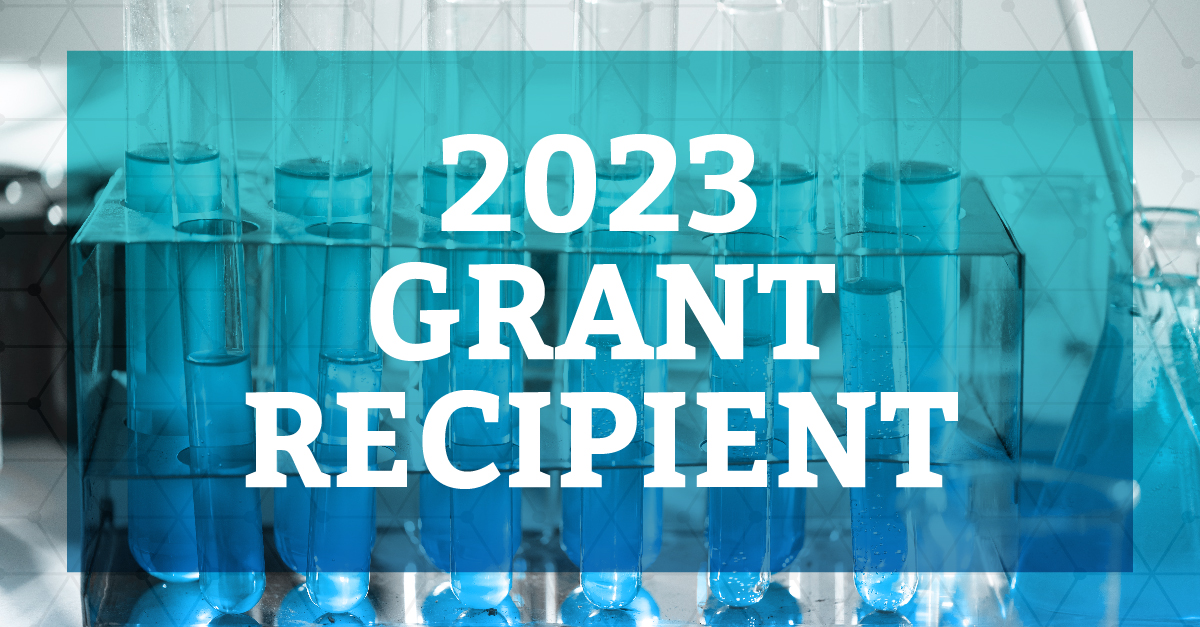
Emily Grout
Background
The pathogenic Neisseria species Neisseria gonorrhoeae and Neisseria meningitidis, are responsible for the sexually transmitted infection gonorrhoea and life-threatening meningococcal disease, respectively. These human pathogens cause significant international healthcare strain, including in Aotearoa New Zealand, with Neisseria-related diseases disproportionately affecting Māori, Pacific People, and youth.
Therapeutic and prophylactic antibiotic treatments exist for infections caused by the pathogenic Neisseria; however, the emergence of antimicrobial-resistant strains has underscored the need for alternative treatment options through the identification of novel drug targets. Quick and effective treatment regimens are integral to reduce the lifelong sequelae or mortality associated with pathogenic Neisseria. Histidine biosynthesis is a conserved metabolic pathway that is important for survival and virulence in pathogenic bacteria.
Aims
This project aims to explore this pathway within the two bacterial pathogens N. gonorrhoeae and N. meningitidis, to understand why this metabolically intense pathway has persisted in these host restricted human pathogens, and its potential as a novel drug target for future antibiotic development.
Methods
Using a combination of in vitro and in vivo experiments we will characterise the key enzyme in histidine biosynthesis – ATP phosphoribosyl transferase (ATP-PRT, E.C. 2.4.2.17). We will use a range of in vitro biochemical techniques to determine the structure and role of the enzyme, alongside the genetic manipulation of N. gonorrhoeae to determine the in vivo role of ATP-PRT. Collectively this will validate this enzyme as a new target for drug development to combat antibiotic resistant gonorrhoea infection and the devastating effects of meningococcal disease.
Our approach involves phenotypic characterisation of the leading and regulating enzyme of histidine biosynthesis ATP-PRT. Ultimately these findings will contribute to improved public health outcomes following pathogenic Neisseria infection.
Media Summary
Pathogenic Neisseria are responsible for the STI gonorrhoea and life-threatening bacterial meningitis and septicaemia. Infections and long-term health effects caused by Neisseria are a global health problem. A rapid rise in antibiotic resistant strains means we are facing the reality of treatment resistant Neisseria. Targeting bacterial metabolism paths that are absent in humans, such as histidine biosynthesis forms attractive options for new drugs. Understanding the role of histidine in Neisseria, through targeting the leading enzyme we can design new drugs or enhance the efficacy of existing antibiotics thus improving health outcomes.
Outcome Statement
This research has the direct goal of identifying new drug targets for the treatment of gonorrhoea and bacterial meningitis. Infection from pathogenic Neisseria is a global health issue and disseminated infection from Neisseria can lead to lifelong health consequences, adding health strains to our already vulnerable populations, and strain to healthcare systems. Histidine biosynthesis is a well characterised and integral metabolic pathway, that presents itself as an attractive drug target for the development of new antimicrobial drugs in a number of human pathogens. With increasing frequency of resistance to frontline antibiotic treatment and the development of treatment resistant gonococcal infection, the identification of new, and effective treatment using histidine biosynthesis is crucial for future treatment to reduce the lifelong effects of gonococci infection, and mortality rates of meningococci.
Would you like to support the work of the Foundation?
Contact us for more information, or simply make a donation.


